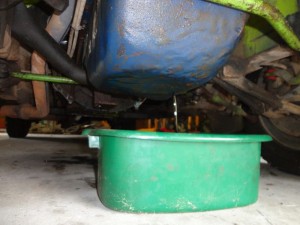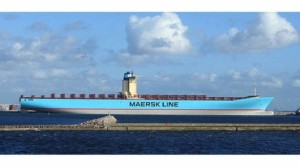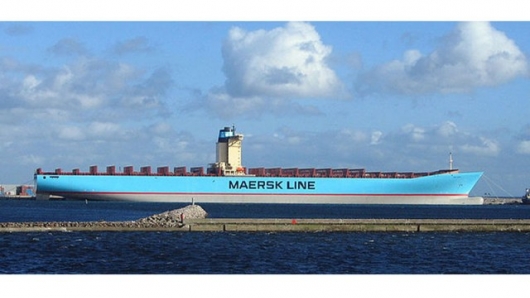At this year’s American Chemical Society’s National Meeting & Exposition, scientists announced a new breakthrough in low sulfur diesel fuel called Bunker Green (TM). With the shipping industry increasingly under pressure to reduce emissions this new fuel may help companies meet targets set to be in place by 2020.
Research has shown that in a single year one large container ship can emit air pollutants equivalent to many millions of cars. With a current fleet of 90,000 cargo ships plying the global seas these vessels produce as much as 2,000 times the airborne sulfur as all diesel automobiles on the road today.
Why is bunker fuel such a polluter? Because it is literally the bottom of the barrel in oil refining. It is what’s left after the propane, naphtha, gasoline, jet fuel, diesel and lubricating oil are siphoned off during the refining of crude. Take a look at the oil drained from your car at each oil change and you will see bunker fuel because marine operators buy the stuff from your local garage and use it in ships where it discharges all that brown gunk into the air. And we are not even talking about what the stuff is like when it leaks into the ocean.

George N. Harakas, of the Maine Maritime Academy, in cooperation with the SeaChange Group, has set out to develop a cleaner fuel for large maritime ships. Bunker Green is the result. It is one of the new Eco-Hybrid (TM) diesel fuels and is low in sulfur. The fuel formula mixes low-sulfur diesel with glycerol, a thick clear liquid found in foods and medicines that is produced as a byproduct during the refining of biodiesel. Glycerol normally does not mix with diesel so the team found a chemical surfactant to add as an ingredient which blends the two together. The resulting fuel is cleaner with tests showing 15% less soot and 26% less nitrogen oxide emissions.
With international pressure on marine shipping to reduce emissions and carbon footprint, the development of greener fuels is a priority. The choices for older marine operators is stark. Either retrofit existing ships with new engines adapted to burn low-emission fuels, develop new scrubbers that trap carbon and sulfur dioxide emissions in the stack, or find a new fuel source that works with existing technology and is less polluting. Bunker Green may prove to be the answer particularly for ships currently afloat.

















